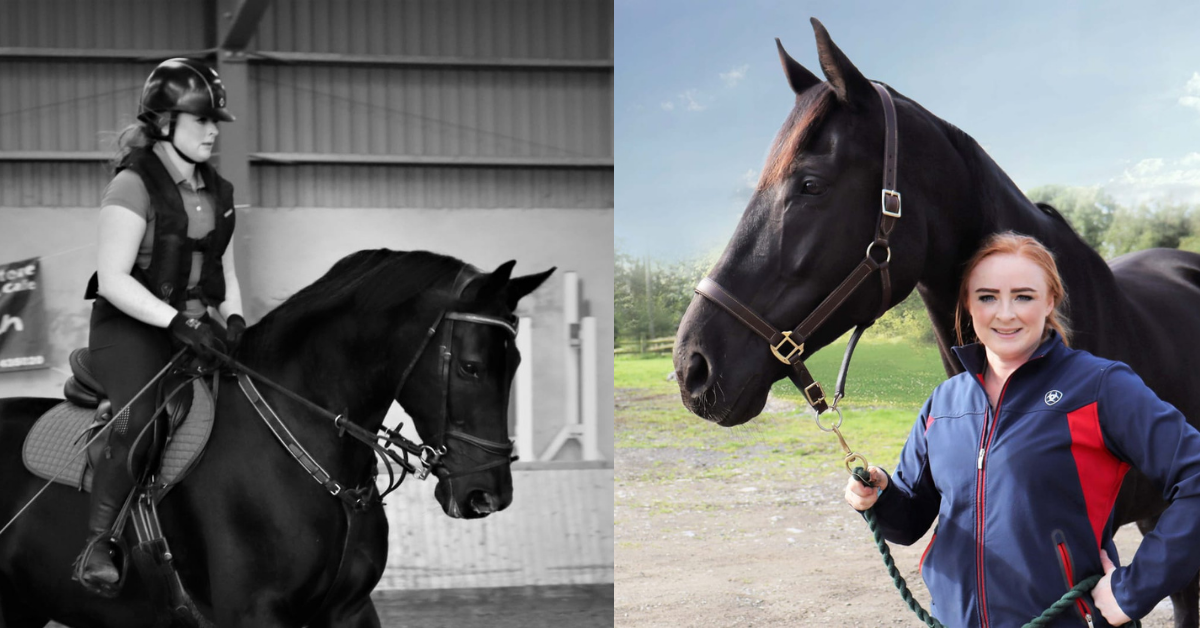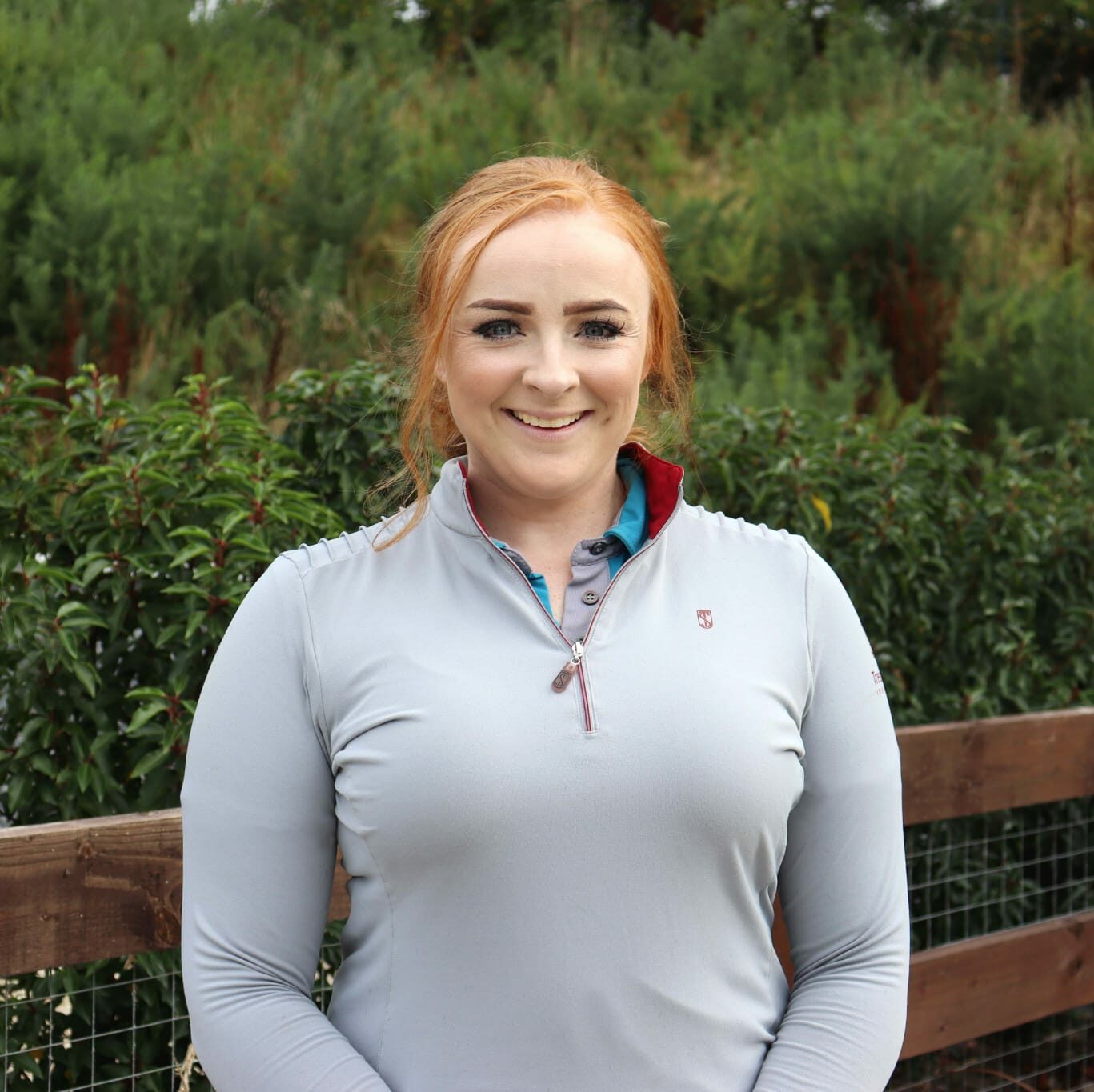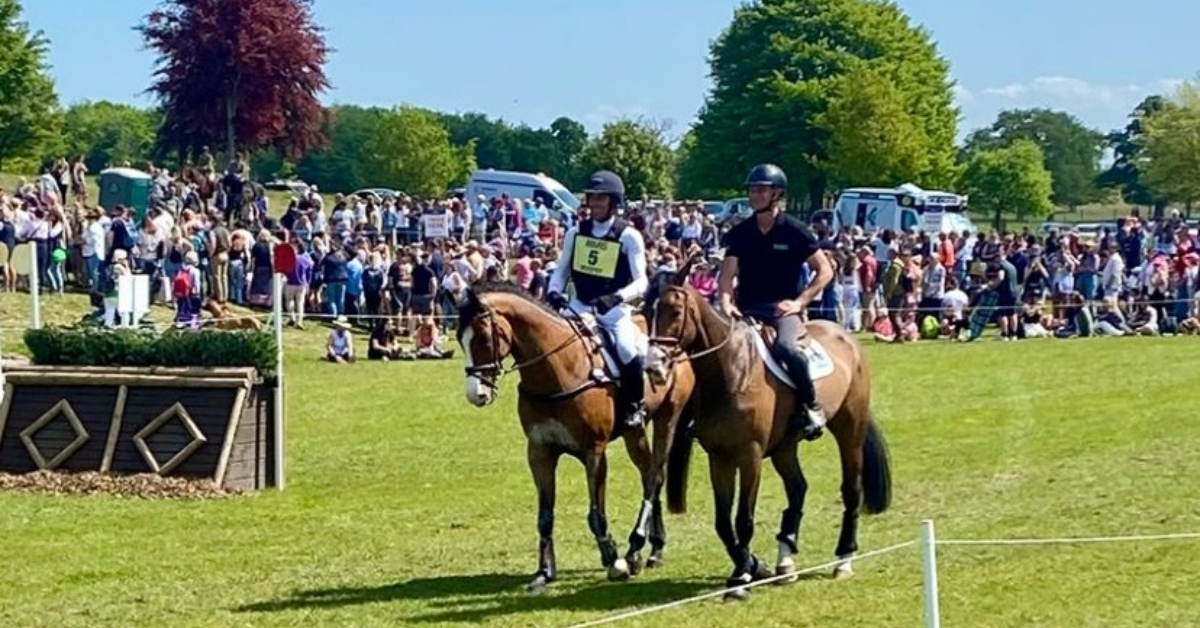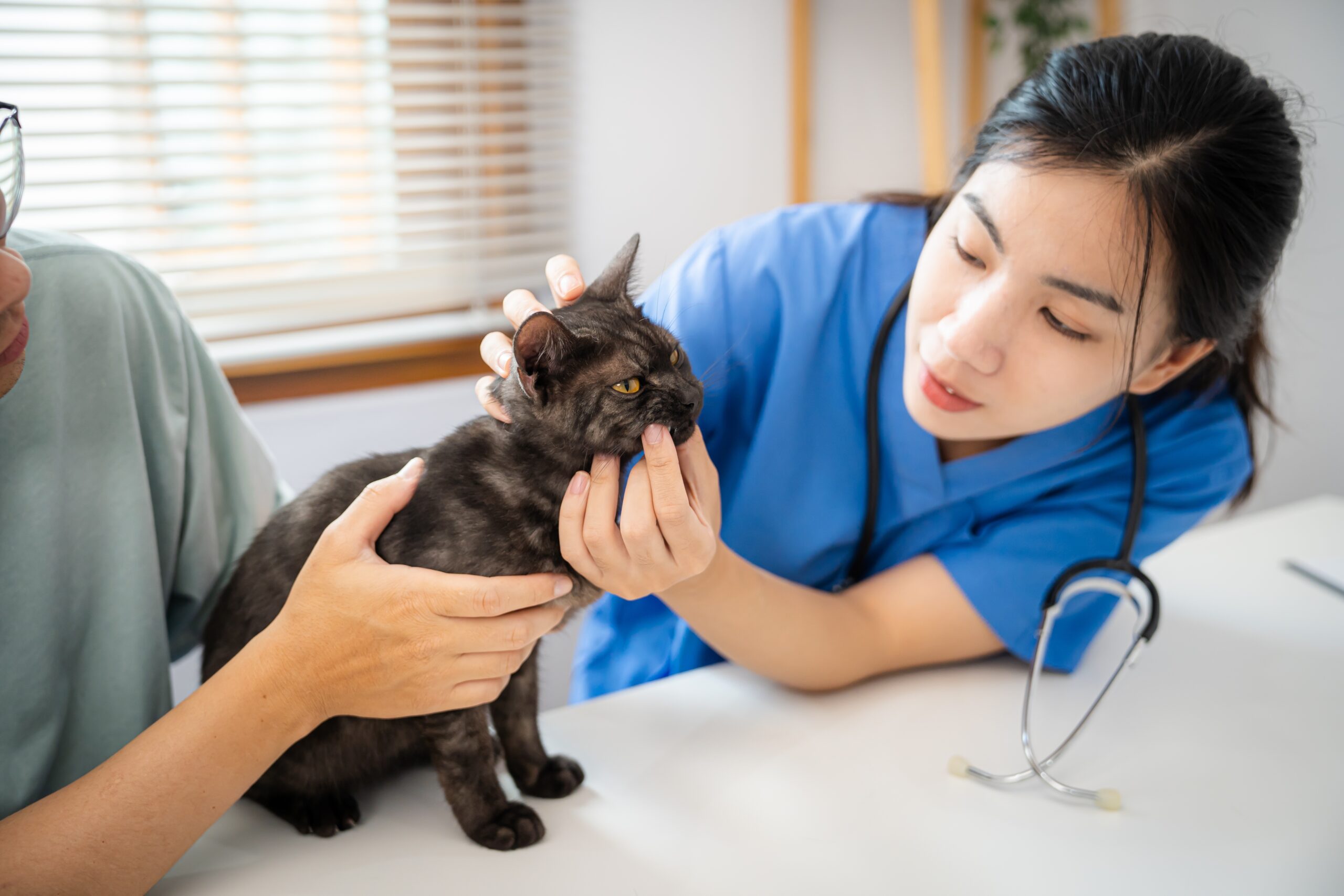
By Emma McCauley
Across the globe there are many different variations of what equine welfare is and what it stands for. After 20 years in the industry and being in a large number of establishments, equine welfare is either paramount or it’s very low, and the horses are treated as a commodity and disposable.
I hear the query on a regular basis “ oh we never did that with our horses back in the day “, why does the horse need to be seen by XYZ professionals regularly? “ What would horses do if they were in the wild, Sure they survived for long enough it will be grand “. As we humans further domesticate the horse there is a need for proper welfare plans to be put in place to ensure that all their needs are met!
It works from the equine ethogram of the following being satisfied:
I devised a checklist for all horse owners to help keep their equines in tip-top condition and ensure the above is always satisfied, and to ensure nothing is ever missed. I train all my horses and clients using this checklist and the return from the horse is huge in regards to performance as well as relationship building.
Once the ethogram and needs of the horse are met and they are free from pain etc, the horse will automatically add you to their herd and begin to form a bond with you as a result and look to you for guidance when they are unsure both on and off the saddle. The performance results follow and they will be more willing to work with you as they are happy in themselves. Just like humans, if there is a barrier preventing happiness in work, this can affect work output and performance. I say to my clients a lot “treat the horse as you would like to be treated and then the horse will only ever respond positively .”


Share
Your subscription is 100% Free for our first year, No credit card details required.

The Judging Concerns That Keep Coming Back — And Why They Can’t Be Ignored Anymore We didn’t make it to

There are few sporting events that live up to the hype. Wimbledon? Too many strawberries. Cheltenham? Too many suits. But

British Veterinary Association publishes full response to Competition and Markets Authority’s proposed remedies for veterinary market for household pets. The